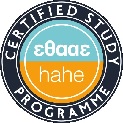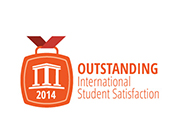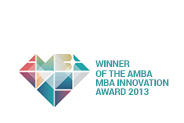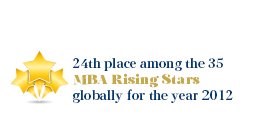
About me
My journey into product management began at Vodafone’s commercial unit and has continued to evolve at Workable, where I have had the opportunity to deepen my expertise. In my current role, I focus on building and optimizing product experiences, with a current emphasis on time tracking and improving trial conversion.
With an academic background that bridges science and business—including studies in Biology, Biotech, and an International MBA—I bring a multidisciplinary perspective to my work. Outside the office, I’m passionate about exercising, traveling, sailing, and exploring new hobbies that keep me curious and inspired.
Talent Acquisition Challenges
Recruiting today is more complex than ever. Organizations face larger applicant pools, faster timelines, and higher expectations from candidates. Recruiters often spend around 13 hours per role on sourcing and screening, while interview time per hire has increased by over 20% since 2021. At the same time, candidates expect responses within 24 hours—creating intense pressure on recruiting teams.
These challenges also open new opportunities. Artificial Intelligence (AI), when used responsibly, can reduce repetitive work, improve the quality of decision-making, and create a smoother, more personal experience for candidates.
Why AI Has a Role in Recruiting
AI, particularly large language models (LLMs), is well suited to many text-based recruiting tasks. It can review hundreds of resumes, generate clear and inclusive job descriptions, and personalize outreach messages. However, AI still struggles with nuance and can unintentionally reinforce bias, so human oversight remains essential.
Workable integrates AI directly into the recruiter’s daily workflow. Rather than being an external add-on, AI becomes a natural part of the system—supported by context, data security, and continuous feedback loops.
Main AI Features in Workable
AI-Generated Job Descriptions
Recruiters often rely on outdated job postings or spend time chasing input from hiring managers. Workable’s generator produces on-brand, inclusive job descriptions using recent company data. It’s already being used to create about one in four published job ads, saving time and ensuring consistency.
Salary Estimator
Negotiating pay can be difficult without reliable market data. Workable’s estimator analyzes comparable jobs, anonymized salary offers, and job ads to produce realistic salary ranges with confidence levels. This helps companies make competitive and fair offers.
AI-Enhanced Candidate Sourcing
Sourcing is one of the most time-consuming parts of recruiting, often requiring technical search skills.
- The AI Recruiter scans over 450 million profiles, adds contact information, and removes unqualified candidates.
- It also brings back strong candidates from previous application pools—about 10% of these resurfaced candidates are eventually hired. Recruiters can also search in plain language, which increases the number of qualified leads by two-thirds.
Screening Assistant
With hundreds of resumes for each role, prioritization is a real challenge. Workable’s screening tool compares applications against the job criteria and presents a visual match score. Importantly, it does not automatically reject anyone, allowing recruiters to make the final judgment.
AI-Generated Candidate Emails
Personalized messages make a big difference in recruiting, but they take time to write. Workable’s email generator creates warm, customized messages in seconds, helping recruiters save time and improve response rates.
AI Assistant
This built-in assistant, trained on Workable’s help materials and real user data, can answer questions and perform basic actions with close to 90% accuracy. It continues to improve as it learns from user interactions.
Results and Impact
The measurable results of using AI are significant:
- Higher productivity: One recruiter can now handle up to 30 roles instead of just a few.
- Faster hiring: The typical time-to-hire drops from about two months to two weeks.
- Lower costs: A company with 100 employees hiring 40 roles per year can save around $180,000 annually.
These gains represent major leaps in efficiency rather than small, incremental changes.
Responsible AI and the Future of Recruiting
AI in recruitment must be transparent, ethical, and accountable. Workable promotes these principles through bias testing, anonymized screening, human review, and clear audit trails.
The next stage is already emerging: autonomous AI recruiting agents. These systems are moving beyond support functions to manage parts of the hiring process independently. Such a development could also reshape business models—for example, companies might pay based on actual recruiting outcomes rather than user licenses.
For smaller organizations, outcome-based pricing could mean paying only for a qualified shortlist rather than a subscription. Still, human recruiters will always play a central role—guiding, approving, and mentoring the AI systems, much like senior HR professionals guide their teams.
Conclusion
Recruiting will always require human judgment, empathy, and understanding. Yet, with AI handling much of the repetitive and data-heavy work, recruiters can focus more on people and strategy.
Workable’s embedded AI tools—and the coming generation of autonomous agents—are transforming recruitment into a faster, fairer, and more outcome-focused process.
This is not simply about technology; it represents a shift in how we think about work itself. AI is no longer just a tool—it’s becoming a true partner in the recruiting process.















